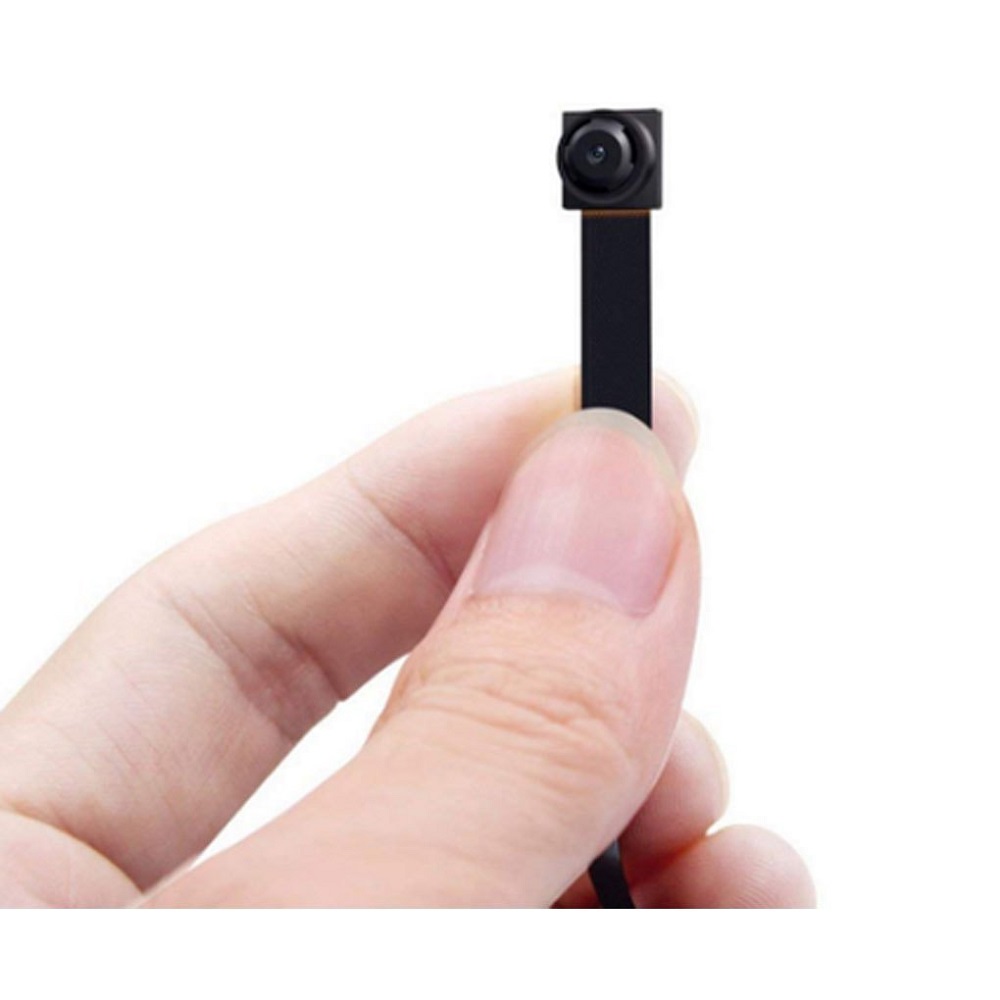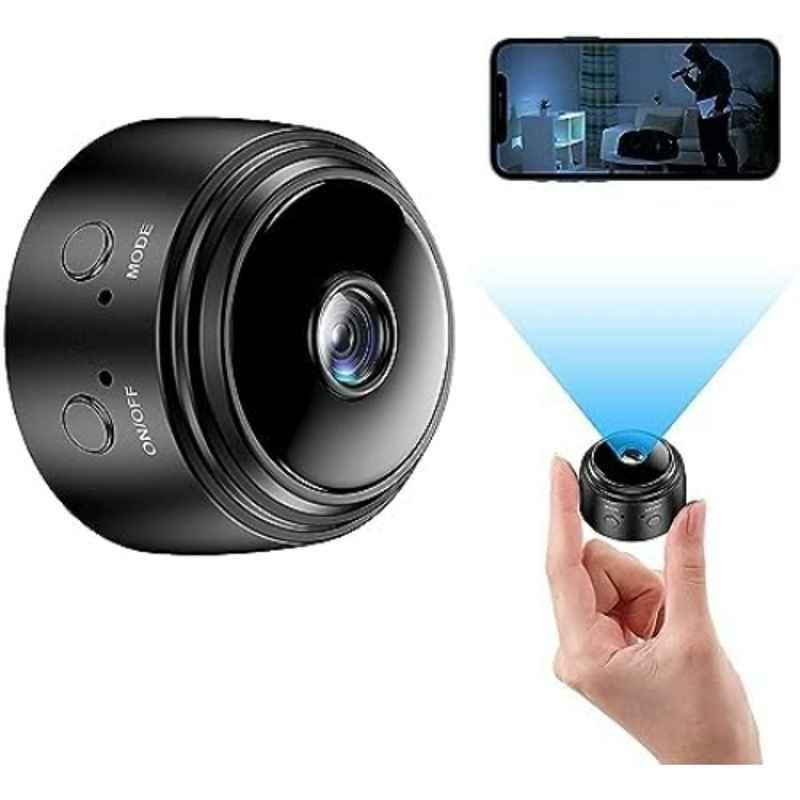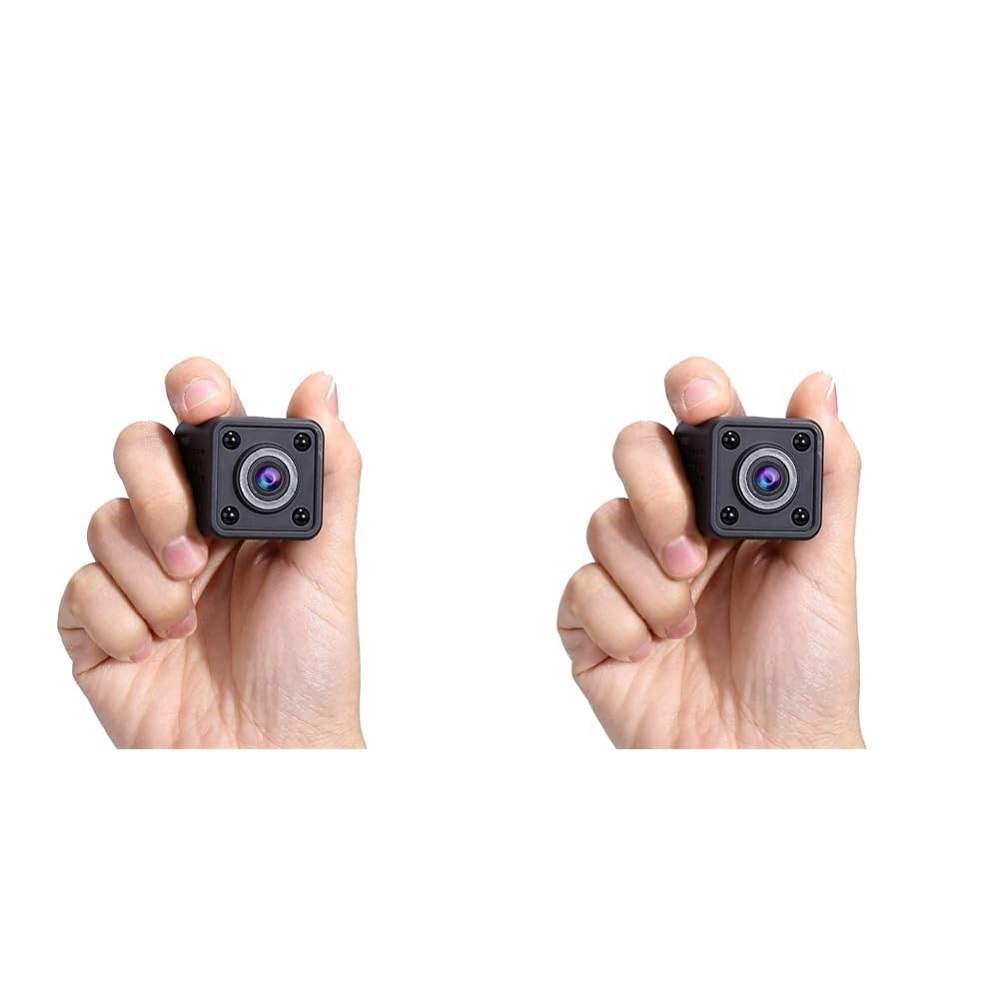In an era where privacy concerns loom larger than ever, knowing how to find hidden cameras has become a vital skill for individuals seeking security in their personal spaces. Hidden cameras can be incredibly invasive, often disguised as everyday objects in homes, hotels, or even public places. Whether you suspect someone may be watching you or simply wish to ensure your privacy, it’s essential to equip yourself with the knowledge to detect these devices. How to find a hidden camera? This guide will unveil five reliable methods for finding hidden camera, ranging from simple visual inspections to advanced detection tools. By understanding these techniques, you can safeguard your privacy and gain peace of mind.
Understanding Hidden Cameras
Common Types of Hidden Cameras
Hidden camera come in various forms, making them deceptively easy to overlook. They can be integrated into household items such as smoke detectors, alarm clocks, picture frames, or even electrical outlets. Some models are incredibly tiny, resembling pinholes or other inconspicuous features of everyday items. Additionally, many modern hidden cameras are equipped with advanced technology like Wi-Fi connectivity, allowing them to stream video directly to smartphones or cloud storage. In some cases, features like motion detection and nighttime visibility can further disguise the camera’s function. Because of this diversity in design and functionality, it’s crucial to educate yourself on the various ways a hidden camera can manifest in your environment.
Legal Implications
Understanding the legal landscape surrounding hidden cameras is equally important as knowing how to detect them. Laws regarding surveillance can vary significantly by location, and different jurisdictions have different rules governing the use of cameras. In many places, recording someone without their consent—especially in private spaces like homes or bathrooms—is considered illegal. Before attempting any detection, familiarize yourself with your local laws regarding privacy and surveillance equipment. This awareness not only equips you with valuable knowledge of your rights but also ensures that any actions you take to safeguard your privacy remain within legal bounds.

Visual Inspection
Conducting a Thorough Search
How to find a hidden camera? One of the most straightforward yet effective methods to find hidden cameras is through a careful visual inspection. Begin your search in the most suspicious areas, such as living rooms, bedrooms, and bathrooms. Inspect for unfamiliar objects that appear out of place, or for devices that may look like ordinary household items but have strange features. Remove anything that could be concealing a camera, and examine the surroundings closely. Look in areas that often serve as hiding spots for cameras, such as in small nooks or behind furniture.
Signs to Look For
While you inspect, focus on specific signs that might indicate camera presence. Pay attention to any wires or cables that seem misplaced, especially if they don’t appear to connect to anything obvious. Observe for small holes or lenses, as these are typical characteristics of camera placements. In addition, look for suspicious glints of light or reflections which may indicate a hidden lens. You might also notice dust or cobwebs around potential hiding spots—if an item is regularly used, it should accumulate some debris over time. Any recent alterations in the setup of your living space might indicate the installation of hidden cameras, so take note of items that have changed position or appearance.
Using Your Smartphone
Phone Camera Technique
Your smartphone can be an invaluable tool in detecting hidden cameras due to its built-in camera functionality. Most hidden cameras, especially those with infrared capabilities for night vision, emit low-level infrared light that may not be visible to the naked eye but can be captured by smartphone cameras. To implement this technique effectively, follow these steps:
- Turn on your smartphone camera: Open the camera application and ensure it’s capturing in video mode for better detection.
- Scan the space: Start in lower light conditions, which can enhance the visibility of infrared lights. Use the camera to inspect areas where you suspect cameras might be present.
- Look for infrared lights: As you glide your phone camera across the area, pay attention to any unexpected bright spots or unusual glows. These indicators suggest the presence of a hidden camera attempting to record.
Wi-Fi Scanning Apps
Additionally, you can utilize Wi-Fi scanning apps, which help identify devices connected to your network. Hidden cameras that use Wi-Fi to transmit footage may show up in searches as connected devices. Download a reputable app such as Fing or Network Analyzer from the Google Play Store or Apple App Store. Once installed, open the app and initiate a scan to see all devices connected to your Wi-Fi network. By carefully reviewing the list, note any unfamiliar devices. Keep in mind that the display name may not explicitly reveal the device type, so proceed with caution and, if you see anything suspicious, investigate further, potentially by accessing the device information.

Using Physical Tools for Detection
RF Detectors
How to find a hidden camera? Radio frequency (RF) detectors are invaluable for locating wireless hidden cameras. These devices can help you identify the radio signals emitted by wireless cameras, making them effective tools for detection. Choosing a reliable RF detector requires some research. Look for models that can pick up a wide range of frequencies, typically ranging from several megahertz to multiple gigahertz. Here’s how to utilize an RF detector:
- Purchase a high-quality RF detector: Invest in a model known for its sensitivity and reliability. Reading reviews can guide your decision.
- Turn on the detector: Set it to scan mode, allowing it to calibrate the area.
- Walk around the area: Move the detector around your surroundings, focusing on spots suspected to harbor cameras. Pay attention to any alerts or beeping sounds, indicating the presence of wireless signals that may correspond to hidden cameras.
Lens Detectors
Lens detectors represent another excellent tool for spotting hidden cameras. These devices are designed specifically to detect the reflective surfaces of camera lenses. With a simple operation, they can reveal hidden cameras inconspicuously or cleverly placed by focusing on reflective light.
- Power up the lens detector: Once turned on, these devices will often emit a form of light or signal when searching for reflections.
- Illuminate the area: Sweep the lens detector’s light around places where you suspect hidden cameras could be located. This sweeping action helps reflect light off the surfaces of concealed lenses, making them more visible.
- Observe reflections: Pay close attention to any reflective surfaces that stand out from the rest of the environment. If you see an object reflecting light in a manner inconsistent with its expected appearance, it could indicate the presence of a hidden camera.
Professional Assistance
Hiring a Security Consultant
If you suspect a major threat to your privacy or if the previous methods prove insufficient, consider hiring a professional security consultant. These experts have extensive experience and often access specialized tools and technologies designed to locate hidden surveillance devices. Their knowledge can provide you with peace of mind, as they know precisely where to search and what to look for.
- Choose a reputable consultant: Research local security companies and read reviews to find trusted professionals.
- Schedule an appointment: Arrange for them to perform a surveillance sweep of your home or office. They will conduct a thorough assessment using advanced techniques you might not have at your disposal.
- Review their findings: After the inspection, take notes on their observations and recommendations for improving privacy. This knowledge can help you stay vigilant in the future.
Assessing Surveillance Risks
Beyond just finding hidden cameras, a professional can help assess your broader surveillance risks. This assessment may highlight vulnerabilities in your property and suggest tailored solutions to enhance overall security. You might receive advice on securing entry points, reinforcing window protections, or employing strategies to deter potential intrusions. A comprehensive risk assessment can strengthen your overall security awareness, helping you feel more in control of your environment.

Conclusion
How to find a hidden camera? Detecting hidden cameras requires vigilance, thorough inspection, and sometimes a mix of low-tech and high-tech solutions. Understanding how to locate hidden cameras using basic visual inspection, smartphone apps, RF detectors, and professional assistance empowers you to secure your privacy effectively. Even if your attempts to find hidden cameras yield no results, knowing your rights and the laws regarding surveillance is crucial for navigating your personal privacy.
In a world where technology can sometimes compromise private spaces, staying informed and proactive about privacy concerns is essential. Whether you face fears of being surveilled at home, in hotels, or public spaces, employing these strategies helps reclaim your personal space and peace of mind. How to find a hidden camera? By arming yourself with the knowledge and tools to detect potential surveillance, you empower yourself to safeguard your privacy in an increasingly interconnected world. Enjoy peace of mind knowing you can detect and address hidden surveillance another step forward in protecting your personal space.
